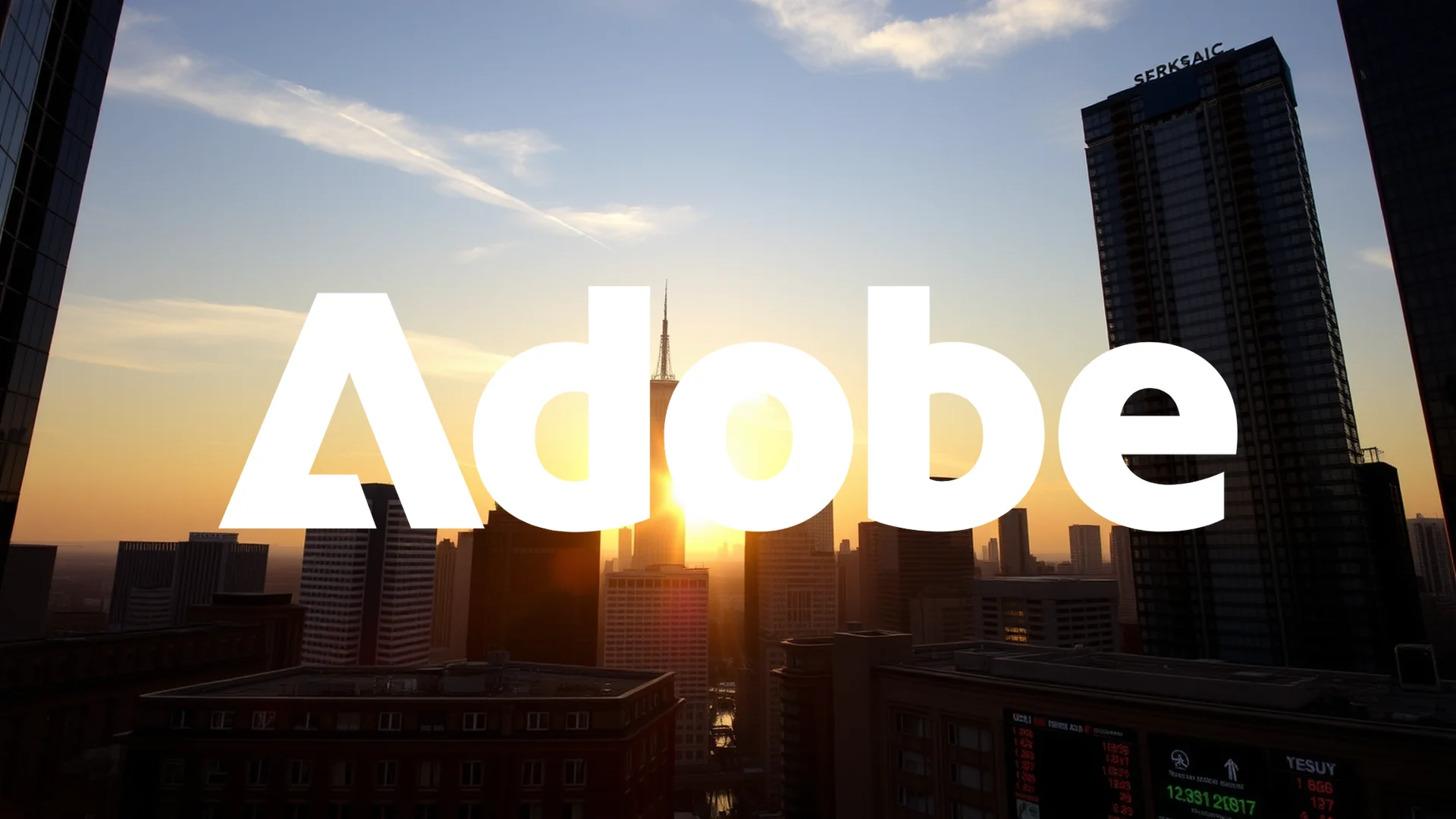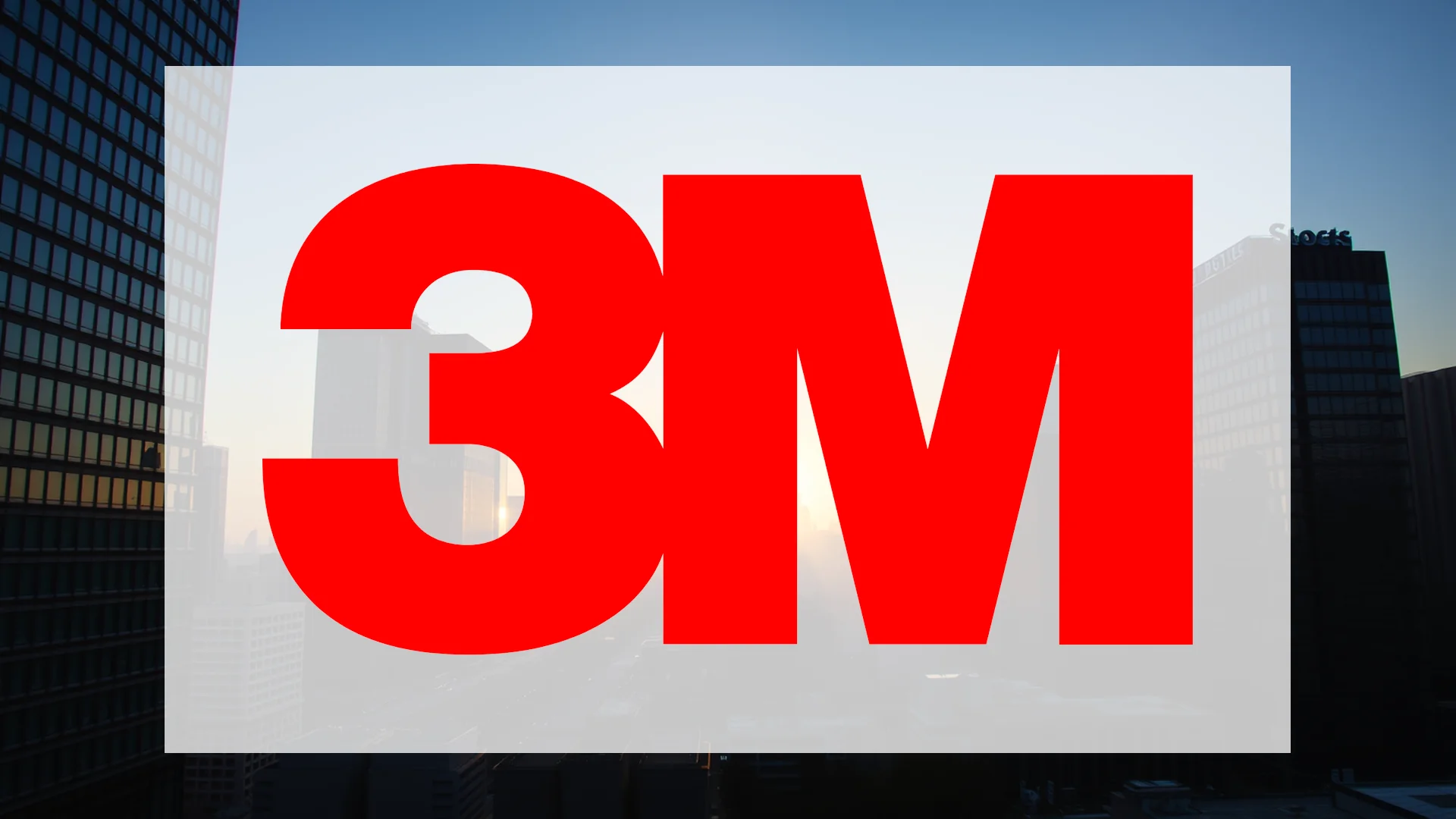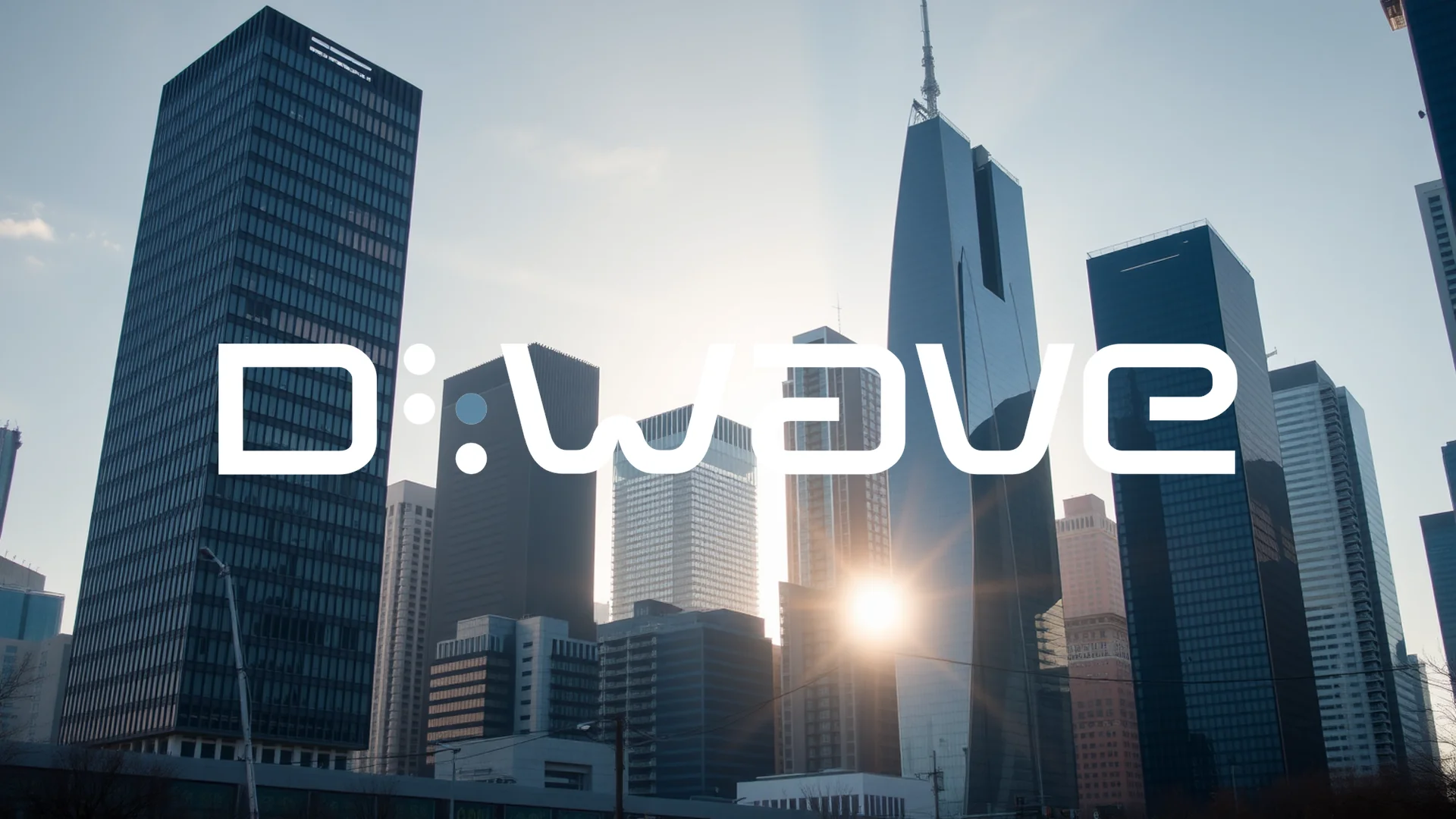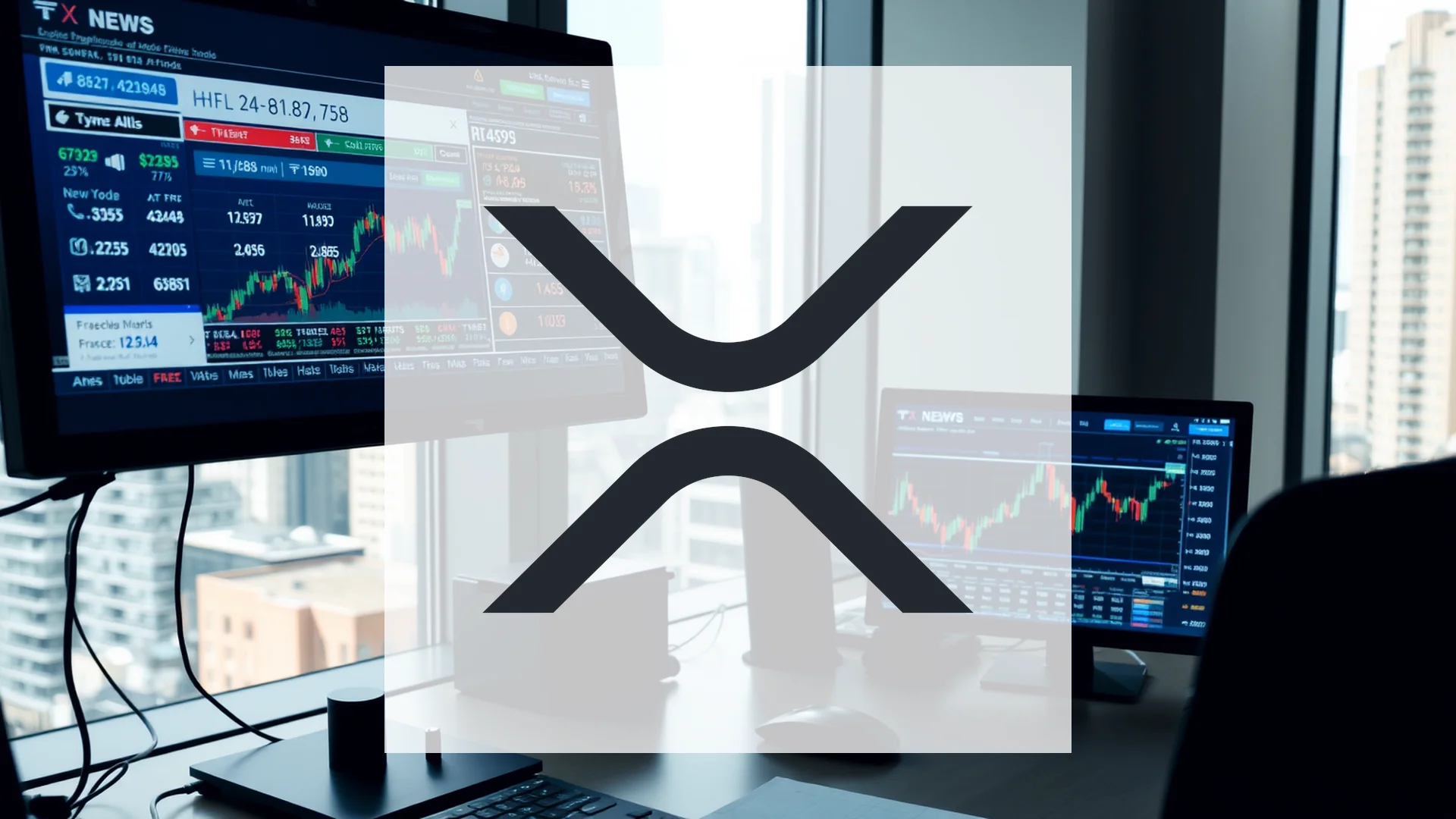Adobe’s position as the premier provider of creative software is facing an unprecedented challenge from the artificial intelligence revolution. Rather than capitalizing on this technological shift, the company is witnessing growing doubts about its ability to effectively monetize AI capabilities. This skepticism has triggered a wave of analyst downgrades that has shaken investor confidence in the software giant.
Mounting Concerns Over AI Monetization Gap
The situation reached a critical point on September 24th when Morgan Stanley downgraded Adobe from “Overweight” to “Equal Weight” while dramatically slashing its price target from $520 to $450. Analyst Keith Weiss identified the core issue, noting that “a widening gap exists between the company’s AI promises and actual revenue performance.”
This downgrade represented the culmination of growing analyst concerns. Earlier in mid-September, Citigroup had already reduced its price target to $400 while warning about risks in Adobe’s pricing strategy. Piper Sandler followed with a reduction to $470, with all three firms expressing similar uncertainty about Adobe’s AI monetization strategy.
Competitive Pressure Intensifies
The competitive landscape is becoming increasingly challenging for Adobe as new AI-powered tools enter the market. OpenAI’s Sora 2 video generation tool represents a particular threat, offering cost-effective alternatives that directly challenge Adobe’s premium positioning. While Adobe has been enhancing its Creative Cloud suite with AI features like Adobe Firefly, market observers question whether this will be sufficient to compete with agile AI startups.
Should investors sell immediately? Or is it worth buying Adobe?
These concerns appear justified as AI tools democratize content creation while simultaneously lowering barriers to entry for new competitors. Adobe’s traditional competitive advantages may be eroding in this rapidly evolving environment.
Strong Fundamentals Fail to Impress
Even positive financial performance has failed to reassure investors. When Adobe reported third-quarter results on September 11th, the company exceeded expectations for both billing and earnings per share. Despite these strong figures, the stock managed only a modest 2.3 percent gain, signaling persistent investor skepticism about future growth prospects.
Adobe continues to generate impressive financial metrics, including $9.6 billion in free cash flow—significantly exceeding its reported profit of nearly $7 billion. While the company’s cash generation remains robust, concerns about its growth trajectory in the AI era appear to be overshadowing these fundamental strengths.
Ad
Adobe Stock: Buy or Sell?! New Adobe Analysis from November 19 delivers the answer:
The latest Adobe figures speak for themselves: Urgent action needed for Adobe investors. Is it worth buying or should you sell? Find out what to do now in the current free analysis from November 19.
Adobe: Buy or sell? Read more here...









